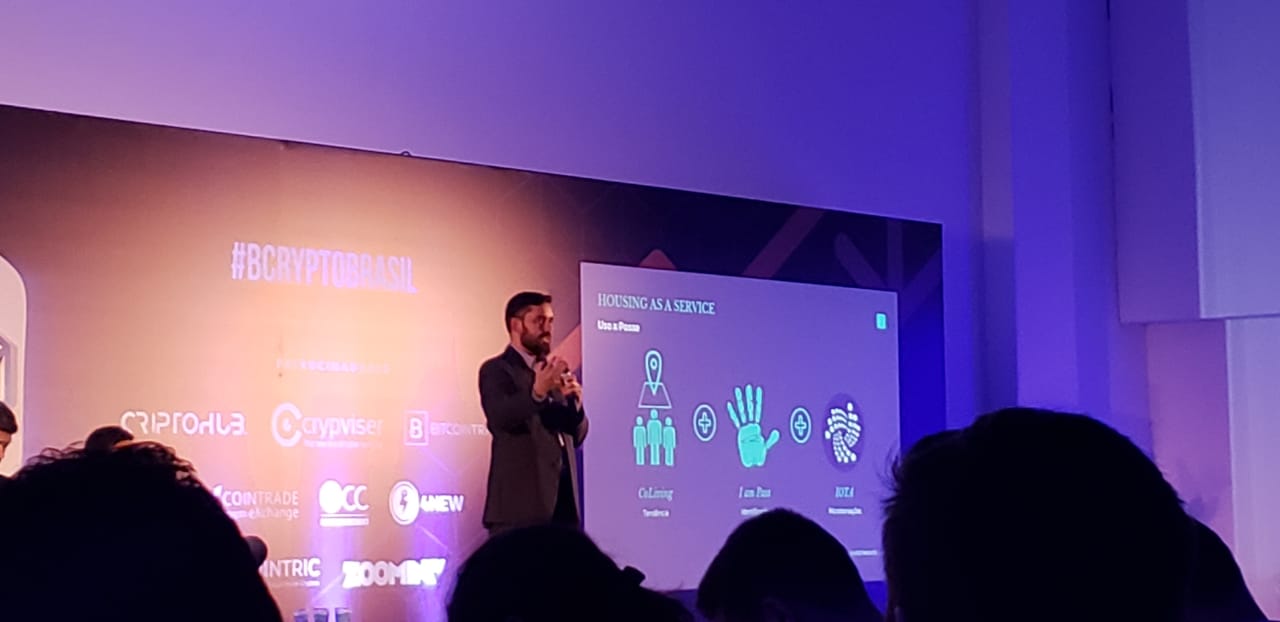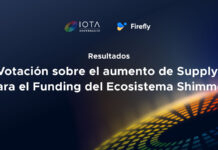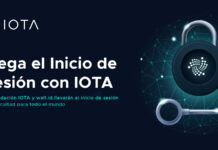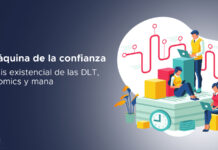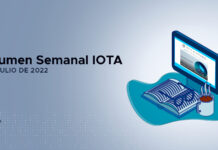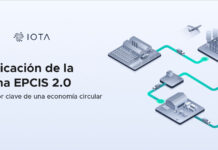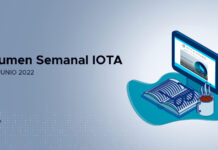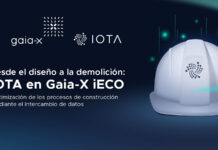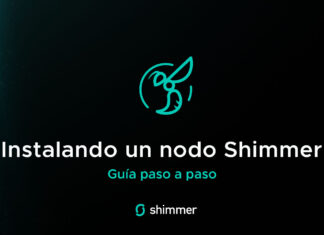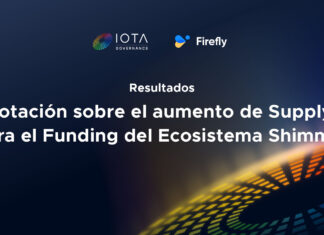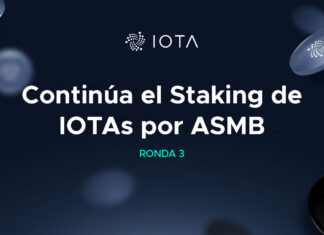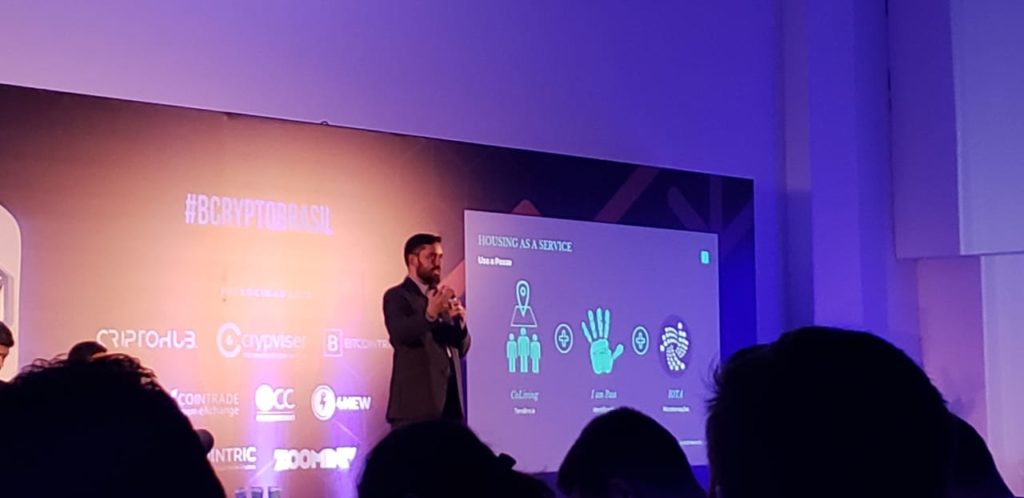
by Rafael Presa
IOTA Evangelist Network Member
It is not news that our behavior concerning consumption has changed dramatically in the past few years where, in the beginning, the normative and social context dictated that the more you had, the happier and successful you were. Despite the fact we are not 100% in common sense about this yet, it is notable the number of individuals making the Minimalism their way of life, due to a wide spectrum of reasons. Most popular reasons for that pivot, includes environmental concerns, financial concerns, and the desire to have more time and freedom enjoying life.
Over this context, the founder of Smart City Investments, Rafael Presa, develops a new type of relationship for the real estate stakeholders, called Housing-as-a-Service. The first step understanding the definition of HaaS and how technology will make it happens it’s to get inside the mind of the new customer and then explaining the Sharing Economy, the Internet of Things, the IOTA Tangle and how all this can work together in a new way of trade real estate assets.
New housing mindset
From the Minimalism movement, we have that it is simply getting rid of things you do not use or need, leaving an uncluttered, simple environment and an uncluttered, simple life. It’s living without an obsession with material things or an obsession with doing everything and doing too much. It’s using simple tools, having a simple wardrobe, carrying little and living lightly. The movement’s website has something around 20M followers and it isn’t the only one that goes in this direction.
From that, we can make a bridge to another movement which is growing worldwide, the Tiny House Movement which is a social movement where people are choosing to downsize the space they live in. The typical American home is around 2,600 square feet, whereas the typical small or tiny house is between 100 and 400 square feet. Tiny houses come in all shapes, sizes, and forms, but they enable simpler living in a smaller, more efficient space.
Another trend that shows a change in our way of life is the exponential growth of a new category of workers, that were made possible thanks to the evolution of telecommunications and Internet: the Digital Nomads. Nowadays the total population with nomad potential is around 99 million, and only in the US is estimated between 21 – 33 million, 20% of its labor force.
To make a statement regarding the changing in the customer behavior of this generation we don’t have to make too much effort. What we see happening with exponential businesses is more than enough to prove the point. Airbnb, Uber, OpenDoor, Netflix, and others, have the kind of business model that will be the majority in upcoming years: the duality between ownership and usage. One can argue that in order to exist usage we have to have owners and that is what divides the previous economy from this new perspective, the Sharing Economy.
Let’s share to conquer
You don’t need to own if you can borrow from someone providing the items as a service, after all, on average, over a year you use your drilling machine for a mere 12 minutes. Then why we have this urge in possessing one? Just to push us to have more storage and bigger houses and garages space? So we learned that sharing economy is an economic system in which assets or services are shared between private individuals, either free or for a fee, typically by means of the Internet.
Most recently there was a crossover between this two concepts, Sharing Economy and Minimalism, without compromising the conveniences of modern life: the coliving. Shared living spaces as kitchen, bathroom, living and dining room, with the intimacy for your own moments in one bedroom with, perhaps, an ensuite. There is a slow but growing tendency in this real estate development model but we might predict a few issues in it when the sharing tender moments face the financial issues related to this experience. For instance: How we charge, different individuals, that has different needs and different ways of life, living and sharing the same space?
Our current way of dealing with that is the same way we deal in a buffet restaurant business: taking an average cost doesn’t matter if someone is paying for something that another client consumed. It is not financially sustainable from the customer point of view leading this model to a small market share on the real estate industry.
Technology as facilitator
To solve that, eliminating the middleman is particularly important. Imagine the overhead costs settled in a business model where the manager of a property, has to bookkeep all charges regarding usage of utilities – even if for a few hours – and be fair to your tenants concerning the charges of their stay, whereas what we are going to call, «intensity of usage» inside the property. Of course, not everyone has the same necessities when living in a house and the tricky part here is how you let your property for more than one contract with different, though concomitant, periods of time, considering that not all of them will use the same amount of water, air/heat conditioning, energy, blenders, microwaves, washing machines, and even doors, chairs, TVs, beds, furniture and appliances, after all, everything that you use in your daily life suffer depreciation, thus maintenance or replacement. Once it gives people the benefit of moving whenever they want to do it, with no additional fees and bureaucracy each time they relocate, no matter how many times in a roll, we can expect an increase in the turnover rates as well, bringing more consumers to this property market.
The physical world itself is becoming a type of information system.
In what’s called the Internet of Things, sensors and actuators embedded in physical objects—from roadways to pacemakers—are linked through wired and wireless networks. These networks churn out huge volumes of data that flow to computers for analysis. When objects can both sense the environment and communicate, they become tools for understanding complexity and responding to it swiftly. What’s revolutionary in all this is that these physical information systems are now beginning to be deployed, and some of them even work largely without human intervention.
The number of connected devices that will be in use is estimated to reach 75 billion by 2025, from programmable smart locks to the deployment of smart appliances, including some that could deliver a highly personalized service without putting the user’s private data at risk. Appliances could also automatically negotiate their consumables based on ideal market conditions, or organize their own repairs.
The IOTA and Tangle solution
In addition to that technology, we must have a reliable backbone to transfer and process all this data into information in order to charge not after nor before usage, but in real time. The best way to make this work is using a Distributed Ledger Technology or just DLT. The most known DLT is the Blockchain.
Unfortunately, the blockchain doesn’t comply with our need for a scalable, feeless and fast solution because of particular features inherited from its original design of consensus. The 3rd generation of DLT has been deployed last year by the IOTA Foundation. Named Tangle it is a DAG, Directed Acyclic Graph, and have solved the issues previously mentioned about the blockchain. The Tangle is the data structure for IOTA, a cryptocurrency specially developed for IoT microtransactions that is and will always be completely fee-free. Moreover, without the need for monetary rewards, IOTA is not limited to transactional value settlements. It is possible to securely store information within Tangle transactions or even spread larger amounts of information across multiple bundled or linked transactions. This structure also enables high scalability of transactions. The more activity in ‘the Tangle’, the faster transactions can be confirmed.
The IOTA Foundation description of Tangle consensus’ process is “…in order to participate in this network, a participant simply needs to perform a small amount of computational work that verifies two previous transactions. Rather than creating a hierarchy of roles and responsibilities in the network, every actor has the same incentives and rewards. In order to make a transaction in the Tangle, two previous transactions must be validated with the reward for doing so being the validation of your own transaction by some subsequent transaction. With this ‘pay-it-forward’ system of validations, there is no need to offer financial rewards”.
With upcoming improvements regarding smart contracts, we can go further, for instance, with a diverse range of reputation protocols that will also allow for owners and/or tenants determine who is eligible to use the service. According to Nick Szabo, a prominent thought leader of DLT and smart
contracts, “a smart contract is a set of promises, specified in digital form, including protocols within which the parties perform on these promises». In general, there is openness in using smart contracts within the business community. Deloitte’s aforementioned blockchain survey suggests that about 46 percent of respondents would be comfortable contracting with another party using a blockchain-based smart contract instead of a traditional paper-based legal contract, and 40 percent believe there is value in recording existing contracts on the blockchain.
So, what is the advantage of using HAAS?
Housing-as-a-Service goes way beyond the property rental business model, in which relays an inefficient system of bookkeeping, where granular details are almost impossible to account for, which is why Rafael Presa is working on applying the IOTA Tangle in association with biometric technology and IoT devices, allowing for a much more fluid payment process that happens in real time instead of a more traditional and restrictive daily or monthly period.
On the other hand, investors and property owners will see a reduction in their operational costs, a decrease in vacancy, and a more trust-able way to avoid problems with bad users. This overall improved experience is afforded due to all of the steps in the process, from the search and request aspect all the way to the property access aspect, being automated and relayed in a score-and-match procedure using IOTA as a secure, fast and fee-less backbone.


